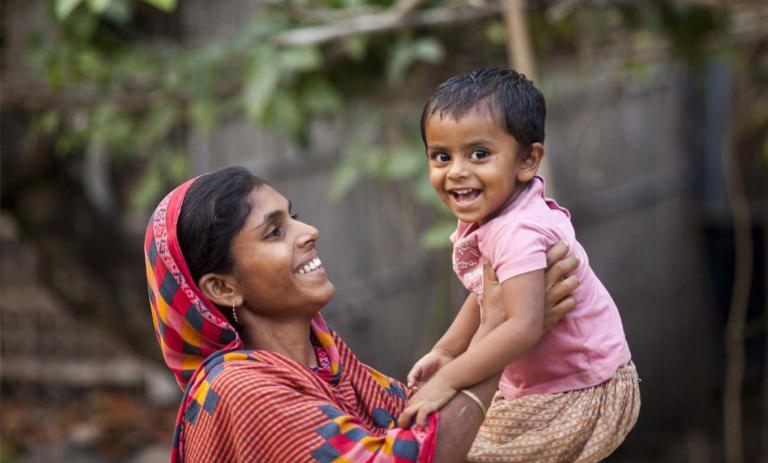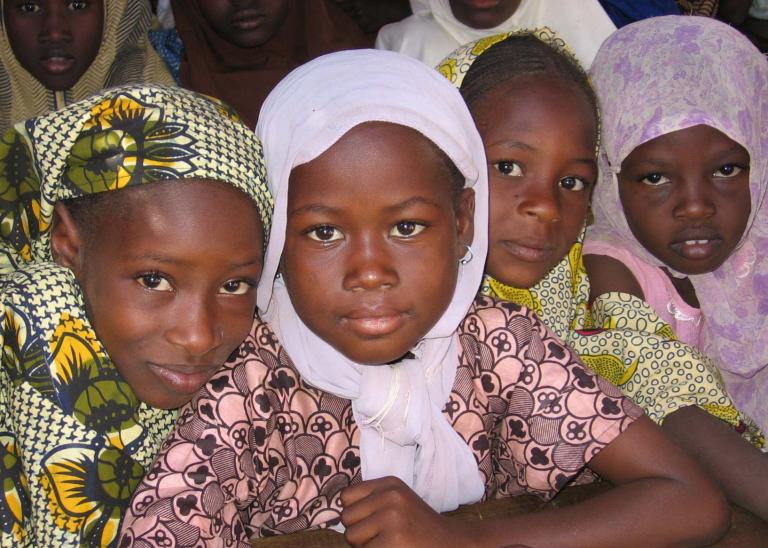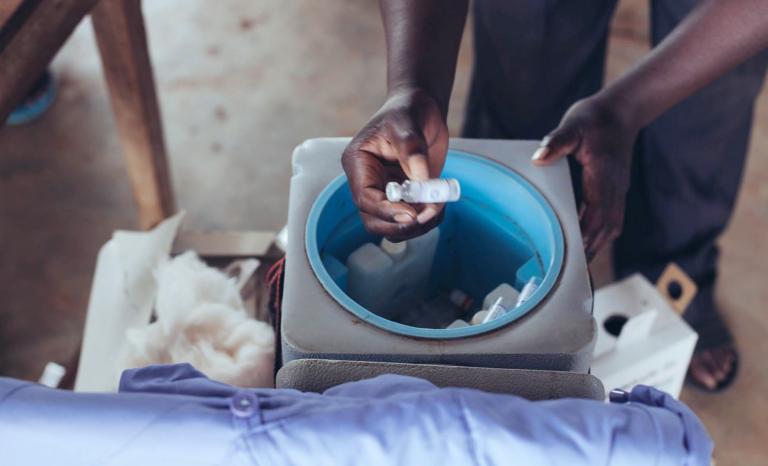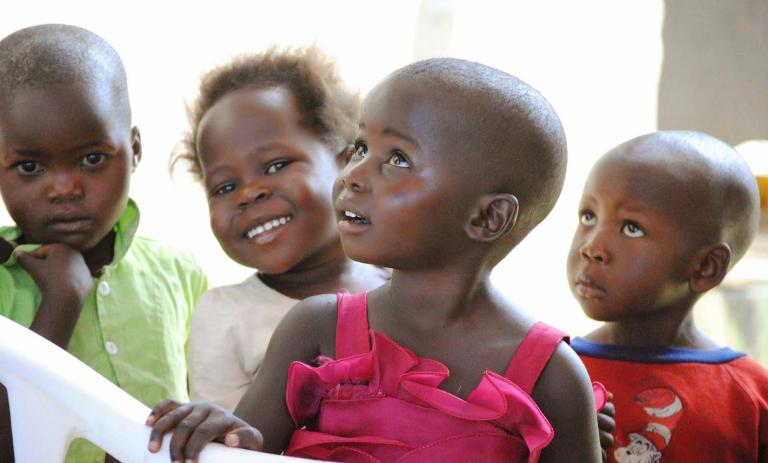The Zero-Dose Learning Hub (ZDLH) provides technical and operational support to four Country Learning Hubs (CLHs) established in Bangladesh, Mali, Uganda, and Nigeria. The established CLHs represent a country- and community-driven approach to zero-dose (ZD) evidence generation, which is key to reaching the millions of children who are left behind. Together, the ZDLH and CLHs disseminate the learnings generated through their ZD work across immunization stakeholders at the community, national, regional and global levels.
The following country profiles describe the country’s immunization history, current ZD landscape, and successful interventions and lessons learned to date. Access Gavi’s Zero-Dose Learning Hub IRMMA Aligned Interventions: Semiannual Update (October 2023) to learn more about the mechanism’s work to use evidence to better understand the factors influencing implementation and performance of approaches to identify and reach ZD and under-immunized (UI) children and missed communities.



